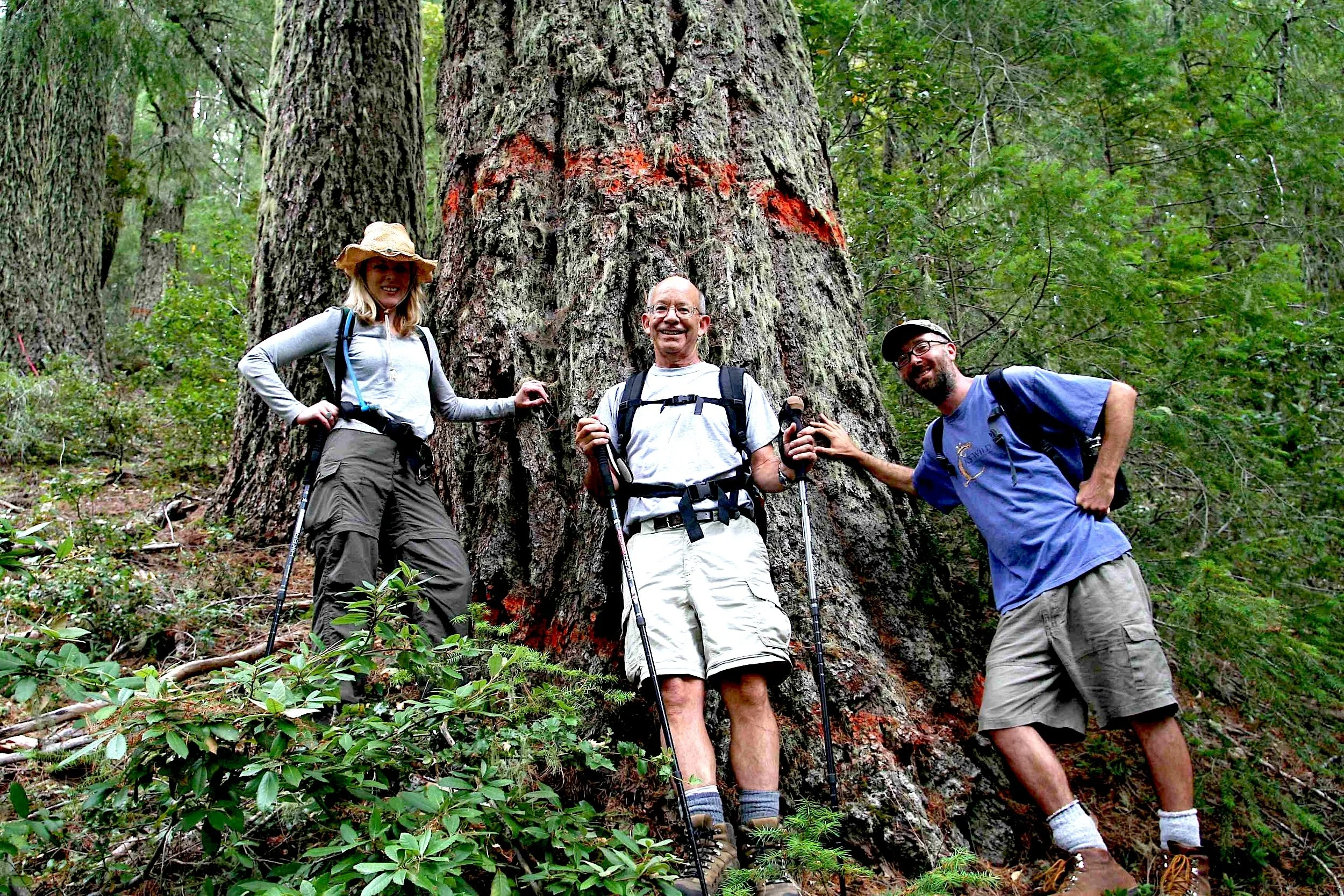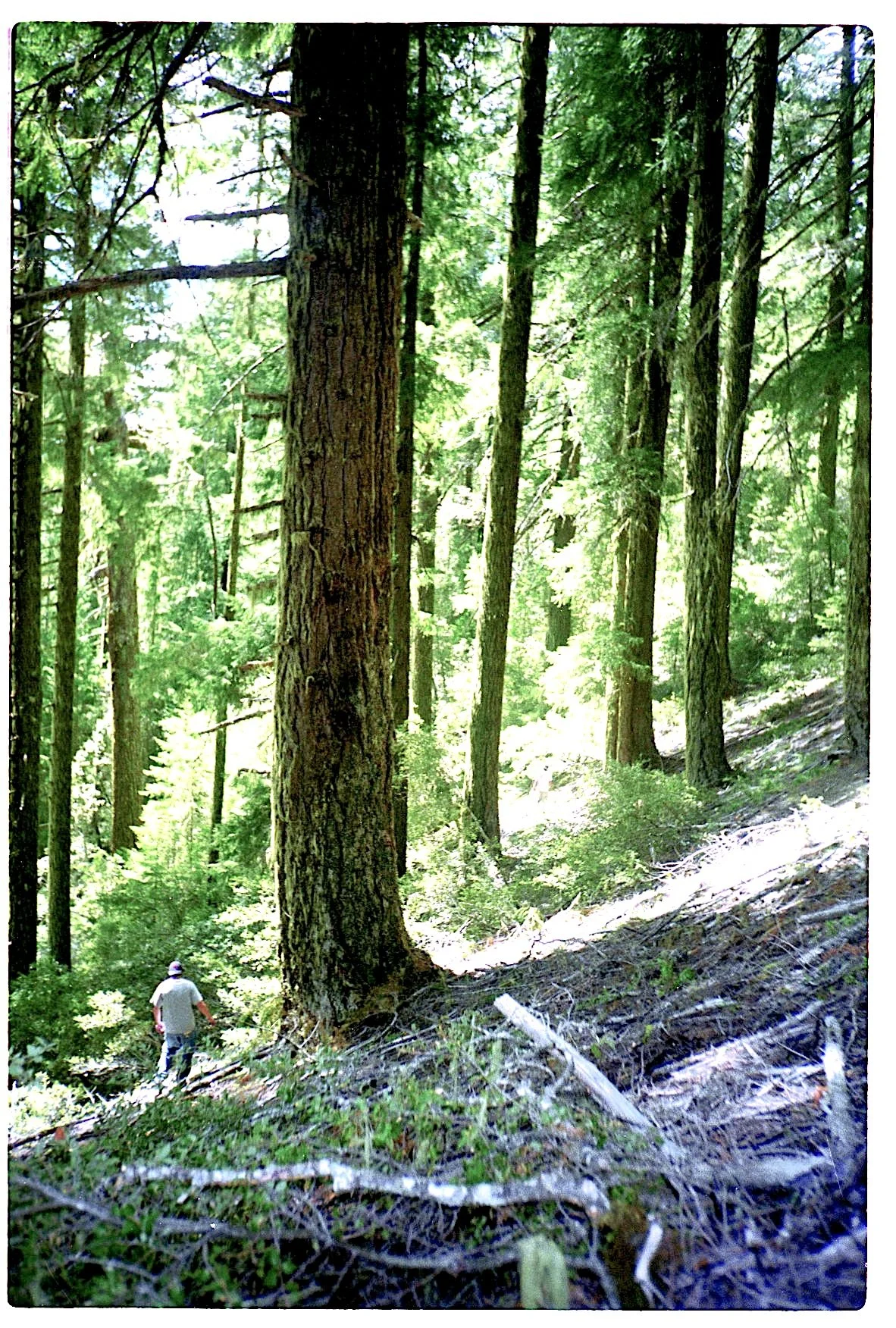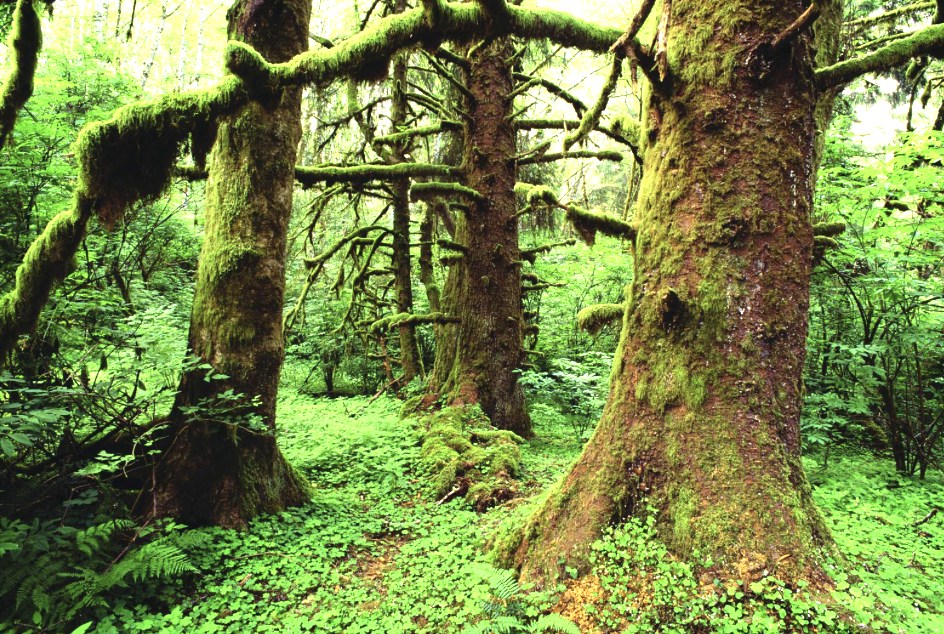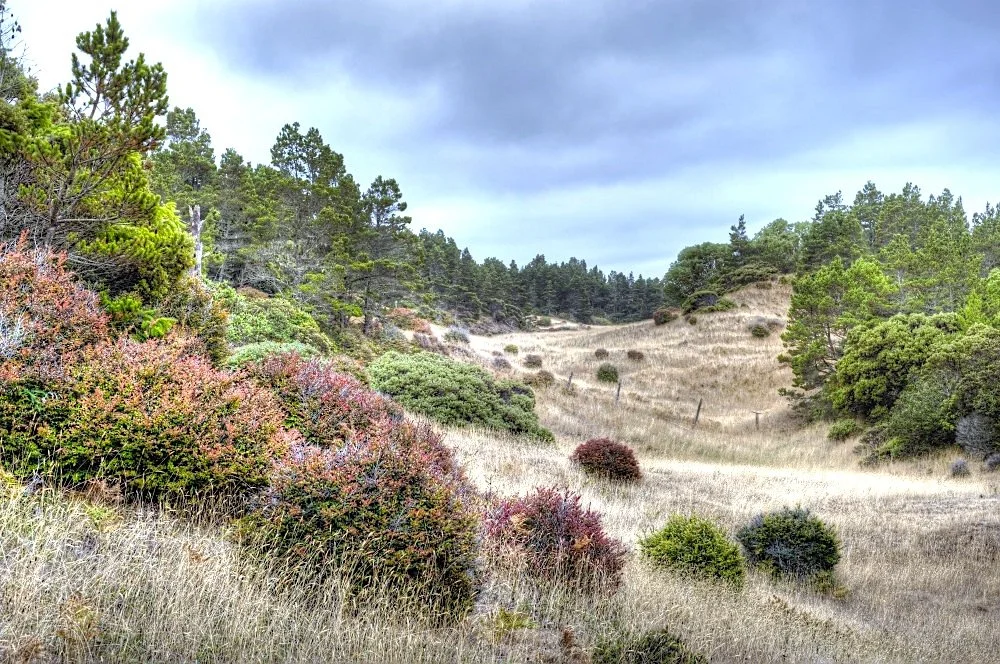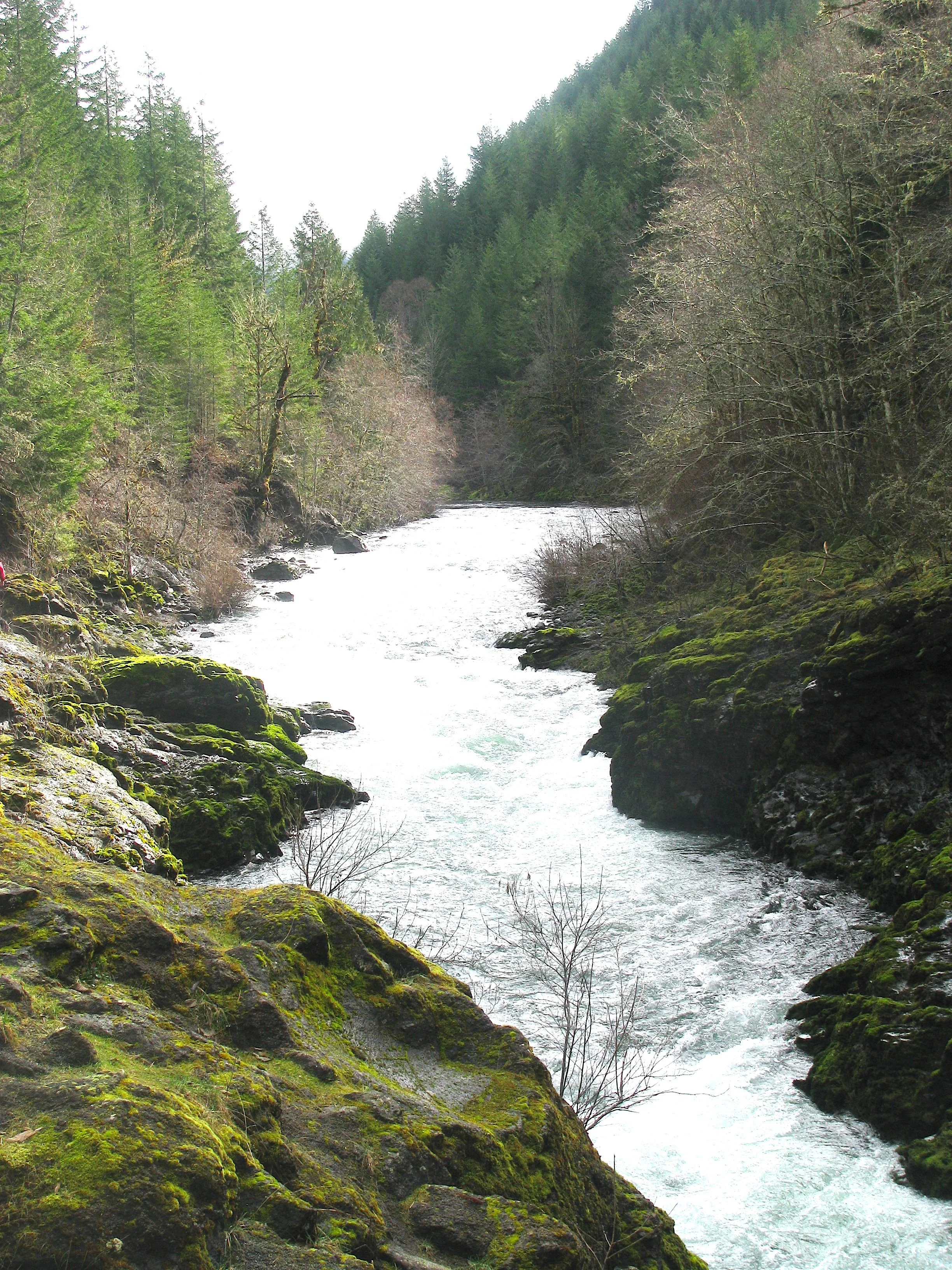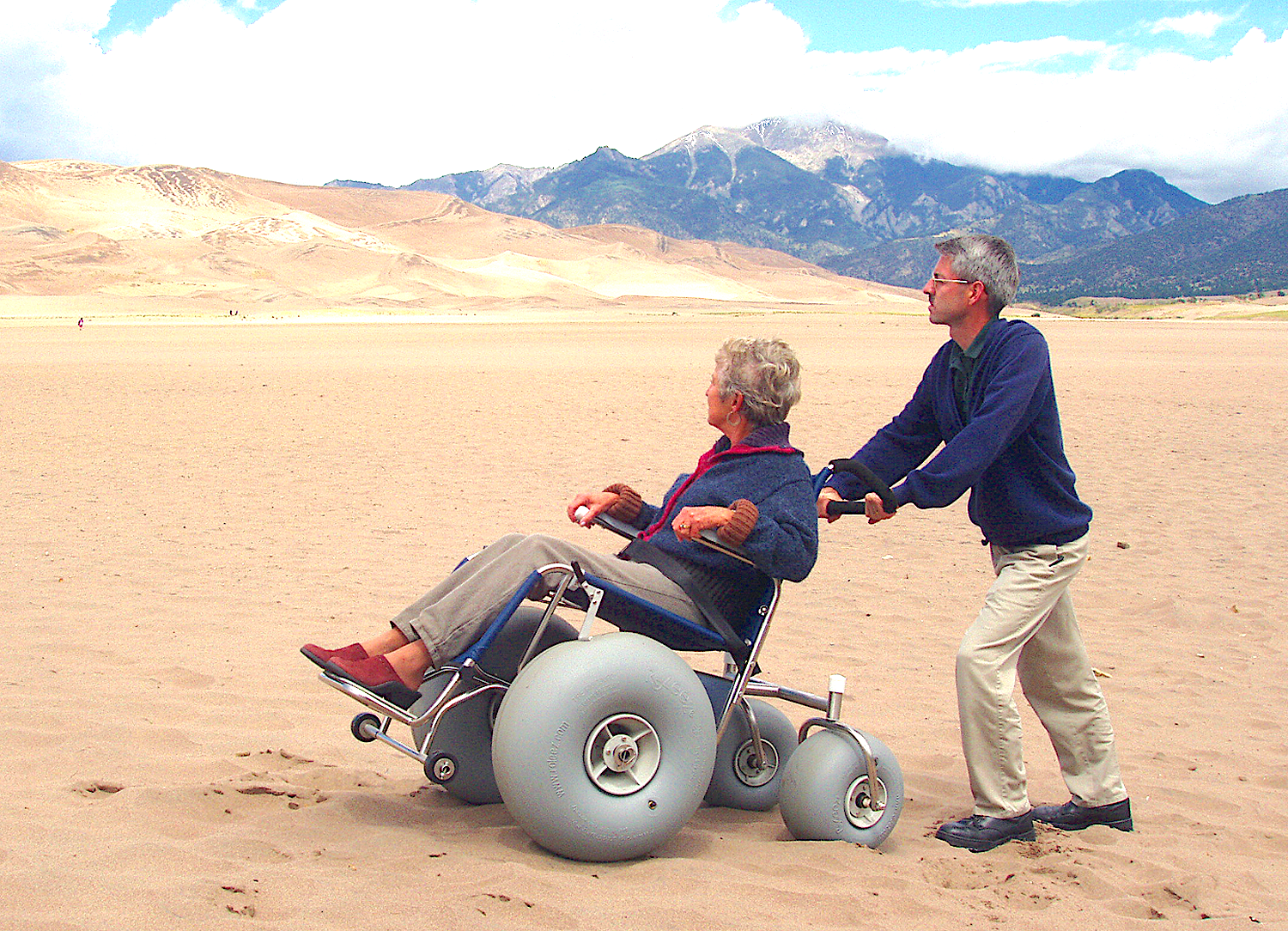Sort By Category
- 30x30
- Administration
- Antiquities Act
- Book Reviews
- Bureau of Land Management
- Climate Change
- Coasts
- Congress
- Counties & Federal Lands
- Courts
- Courts & Litigation
- Department of Agriculture
- Department of Interior
- Deserts
- Ecological Reserves
- Ecosystems
- Elections
- Endangered Species
- Energy
- Estuaries
- Federal Lands
- Fish
- Fish and Wildlife Service
- Forest Fires
- Forest Service
- Forestry
- Forests
- Grasslands
- Land & Water Cons. Fund
- Land & Water Conservation Fund
- Legislation
- Litigation
- Livestock Grazing
- Marine Protected Areas
- Marine Sanctuaries
- Mature & Old-Growth Forests
- Mining
- Nat'l Conservation Lands
- National Forest System
- National Marine Sanctuaries
- National Monuments
- National Monuments Act
- National Park Service
- National Park System
- National Parks
- National Recreation Area
- National Scenic Area
- National Trails System
- National Wildlife Refuges
- Oceans
Sort By Tag
- 1002 area
- 30x30
- 5th Amendment
- ANWR
- Acadia National Park
- Adam Smith
- Administrative Procedure Act
- Advancing Conservation and Education Act
- Alan Bates
- Alan Deboer
- Alaska
- Alaska National Interest Lands Act
- Alaska Native Claims Settlement Act
- Aldo Leopold
- American Forest Resource Council
- American Prairie Reserve
- American Tree Farm System
- American beef supply
- American black duck
- American woodcock
- Ammon Bundy
- Ancient Forest National Park
- Anders Eskil Carlson
- Andrea Salinas
- Andy Kerr
- Animal unit month
- Ansel Adams
- Antiquities Act
- Applegate Primitive Backcountry Area
- Aqua Fria National Monument
- Aquatic Conservation Strategy
- Aquatic Conservation and Riparian Strategy
- Arches National Monument
- Arches National Park
- Arctic National Wildlife Refuge
- Areas of Critical Environmental Concern
- Army Corps of Engineers
- Association of O&C Counties
- Astoria Canyon
- Astoria Fan
- Atlantic Coast
- Augusta Canal NHA
- Avarna Group
- Avi Kaw Ame
- BLM Conservation Rule
- BLM Zone 3 Lands
- BOEM Oregon Planning Area
- Baboquivari Peak Wilderness
- Baker County
- Bald Mountain Road
Pre-remembering Mary Gautreaux, Oregon Conservationist
If not for Mary Gautreaux, many good things would not have happened for Oregon’s public lands. Several wilderness areas and wild and scenic rivers or additions to them would not have happened. Portland’s drinking water sources, the Bull Run and Little Sandy Rivers, would be dirtier.
Oregon Wilderness by the Numbers: Versus Adjacent States, Congressional Delegation Rankings, and Total Potential Wilderness
Government protection should be thrown around every wild grove and forest on the mountains, as it is around every private orchard, and trees in public parks. To say nothing of their value as fountains of timber, they are worth infinitely more than all the gardens and parks of towns. —John Muir
The Oregon Wildlands Act 2.0
Representatives of many Oregon outdoor recreation industry heavyweights, including but not limited to Columbia Sportswear, the Conservation Alliance, Travel Oregon, and Keen Footwear, testified to the business sense of conserving more of the many treasures found on Oregon’s federal public lands. Many conservationists traveled from afar to make the case for protecting their most cherished Oregon gems for the benefit of this and future generations.
Showdown for the Oregon Wildlands Act
The Oregon Wildlands Act is now the law of the land. Neither the Rogue Canyon National Recreation Area (98,150 acres), nor the Molalla National Recreation Area (~29,884 acres), as well as the Wild Rogue Wilderness Additions (~59,512) acres was included in the final version signed by President Trump.
Wither the Wild Rogue?
Late in December 2018, during the lame-duck session of the 115th Congress, a deal was almost struck to move an omnibus public lands package of legislation. The package compiled specific bills that were legislatively ready to advance. Some of the bills in the package were quite good, others quite bad.
Filling the Congressional Conservation Pipeline for When It Unclogs
For the most part, these bills are popular and uncontroversial, and when they do get to the floor they will pass. When that happens and the congressional pipeline finally does unclog, conservationists need to make sure that pipeline is full.
The National Wilderness Preservation System, Part 3: The Promise of and a Promise to Wilderness
This is the third installment of a three-part series on the National Wilderness Preservation System. Part 3 demands a rededication to wilderness for the benefit of this and future generations.
The National Wilderness Preservation System, Part 2: Past Progress Stalled
This is the second installment of a three-part series on the National Wilderness Preservation System. Part 2 chronicles past great progress and the current great stagnation.
The National Wilderness Preservation System, Part 1: Birthed by Congress in Language Both Poetical and Practical
This is the first installment of a three-part series on the National Wilderness Preservation System. Part 1 examines the beginnings of the system by enactment into law of the Wilderness Act of 1964. Part 2 will chronicle past great progress and the current great stagnation. Part 3 will demand a rededication to wilderness for the benefit of this and future generations.
The Public’s Wolves on Public Lands
The government that would become Oregon got its start in 1843 when some early European invaders met in the mid–Willamette Valley to discuss predatory wildlife attacking livestock. A result was the first bounty on wolves.
Selling More Heroin to Pay for Methadone: Oil Drilling in the Arctic National Wildlife Refuge: Part 2
This is the second of a two-part examination of proposed oil exploitation in the Arctic National Wildlife Refuge.
The National Landscape Conservation System: In Need of Rounding Out
As of today, the BLM recognizes a total of 4.2 million acres as California Desert National Conservation Lands, 2.89 million acres of which were designated in a recent update to BLM’s comprehensive management plans.
Oregon’s Wildlands Should Matter At Least as Much to Oregon Legislators as Alaska's and Utah's
It’s time for the members of the Oregon congressional delegation to step up their public lands conservation game. It always takes years, if not years and years, to enact public lands conservation legislation into law. While mere introduction of legislation does not mean enactment into law, no legislation becomes law without first being introduced.
The Proposed Oregon Wildlands Act of 2017: Very Good but Not Yet Great
The congressional conservation pipeline is clogged. This is not because it is too full of fine legislation that would elevate the conservation status of certain public lands by designating wilderness, wild and scenic rivers, and other special protection areas, but because of the general dysfunction of Congress.
Now That’s a Member of Congress!
In addition to the usual (and vital) proposed additions to the National Wilderness Preservation System and the National Wild and Scenic Rivers System, Huffman’s draft legislation proposes several innovative and novel congressional designations that call for ecological restoration, nature conservation, and/or increased recreation.
Wilderness and Mountain Bikes: Can They Co-Exist?
Trigger warning for wilderness purists: I’m going to argue that mountain bikes in wilderness areas are not a unqualified evil and in fact—if wilderness advocates are visionary, strategic, pragmatic and relevant—can be a qualified opportunity.
The Westerman Bill: The Timber Industry’s Wet Dream
Logging in Lane County, Oregon on both public and private lands.
The Westerman bill would legislate horrifically harmful public forest policy into law. Among its many sins, the Westerman bill would
Preremembering Jim Weaver, Oregon Conservationist
Weaver could have been a Shakespearean actor, with passion and paranoia characterizing his performance as a United States congressperson. There are generally three kinds of politicians: (1) those who have few or no principles or issues they really care about; (2) those who do have principles and issues they really care about but moderate them to get elected or gain influence inside the legislative body by getting along in the hope of furthering their principles and issues; and (3) those who have strong principles and issues and do not moderate them either for election or influence. Weaver was the third kind.
Increased Wilderness Demand Calls for Increased Wilderness Supply
Population is continuing to grow in Oregon vis-à-vis population growth in other states, to the point where Oregon may well get a sixth Member of Congress after the 2020 census. People are moving to Oregon to enjoy our quality of life. Besides the beer and the wine, there is the backcountry and the wild that makes Oregon Oregon.
Federal Systems for the Conservation and Enjoyment of Lands and Waters
Over the course of more than a century, Congress—or the executive branch using expressed authorities granted by Congress—has established various systems for the conservation, management, and enjoyment of federal and other lands and waters. On the whole, these systems are bold, visionary, and remarkable.



